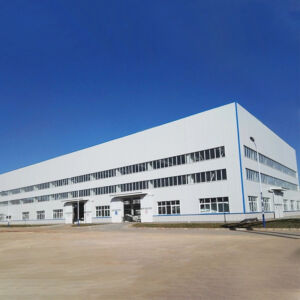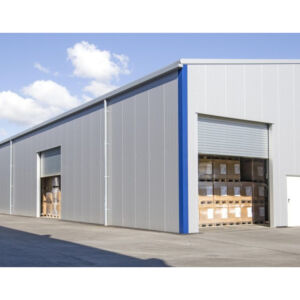Angle steel is a metal profile with vertical edges. Usually it is made from hot-rolled carbon steel or low-alloy structural steel, or from hot-rolled and welded stainless steel. The wide application of angle steel is mainly reflected in various building structures and engineering structures, such as iron towers, ships, industrial furnaces, transmission towers, bridges, etc.
The advantage of angle steel is its good support strength, which is higher than other types of steel. This makes it ideal for many construction projects, especially where extensive support is required. In addition, angle steel has fewer consumables, which means that less raw materials are required during the production process, which can reduce production costs. This is also an important reason why angle steel is so popular in the construction industry.
Another advantage of angle steel is its cost-saving properties. Due to its high strength and low consumables, the use of angle steel in construction projects can greatly save costs. This is very attractive for companies with limited budgets but need to complete large-scale construction projects.
The construction flexibility of angle steel is also an important reason for its popularity. Angle steel can be cut, welded and formed to suit a variety of construction needs. This makes angle steel widely used in the construction industry.
Finally, angle steel takes up less space. Due to its unique shape and design, angle steel can effectively utilize space, allowing the building‘s space utilization to be improved. This is another important reason why angle steel is so popular in the construction industry.
The market demand for angle steel is also increasing. It is expected that the market size of angle steel will further expand in the next few years. Therefore, the production and sales of angle steel will undoubtedly become an important growth point in the steel industry.
The production process of angle steel mainly includes steps such as smelting, rolling and heat treatment. In the smelting stage, the raw materials are melted into a liquid state; in the rolling stage, the liquid steel is pressed into the shape of the angle steel; in the heat treatment stage, the angle steel is heated and cooled to improve its mechanical properties.
tjzx02@tjzxyd.com
+86 18134050956





